The report defining sky luminance across various sky conditions in landlocked cities in India launched by Mahindra-TERI Centre of Excellence will help architects, interiors designers, and other stakeholders in identifying the measured sky conditions on any day and time of the year, an imperative study by modern architecture
Mahindra-TERI Centre of Excellence (CoE), a joint research initiative of Mahindra Lifespaces® and The Energy and Resources Institute (TERI), released a report and guidebook defining sky luminance across various sky conditions at an event held in New Delhi in the presence of eminent dignitaries from the Government and industry. The report emphasises the role of accurate daylighting data in creating energy-efficient structures.
Daylighting plays an important role in modern architecture in aiding visual comfort and energy efficiency evaluation. This requires an accurate estimation of the amount of daylight for any point within the indoor space. For the same, a Sky Scanner and Solar Monitoring Unit was set up at the MTCoE lab, Gurugram, to collect the luminance distribution data since 2020. This is the only instrument currently installed in India for collating sky conditions data.
The data will be utilised for daylight assessment, energy savings, visual comfort assessment, and will also be crucial for increasing the accuracy of daylighting software, which will, in turn, help architects and designers in selecting glass types and determining the ideal window-wall ratio.
An MoU was also signed between TERI and Saint Gobain Research India, expanding the sky modelling research as part of MTCoE by installing another sky scanner in Chennai, to record the south coastal data. This will be the first installation in southern India and the second in the country.
The event was addressed by renowned names in the industry including, Dr. Kartik Kumar, Deputy Director, Saint Gobain R&D; Jitesh Donga, Chief of Design, Mahindra Lifespace Developers; Ankit Bhalla, Manager, GRIHA Council; Gurneet Singh, Director, Environmental Design Solutions, Dr. Sunita Purushottam, Head of Sustainability, Mahindra Lifespace Developers; Dr. Chitrarekha Kabre, Professor, School of Planning & Architecture, New Delhi; Shabnam Bassi, Associate Director, TERI, and Sanjay Seth, Senior Director, Sustainable Habitat and CEO, GRIHA Council.
The Mahindra-TERI CoE leverages state-of-the-art research techniques, tools, and performance measurement solutions to boost the development of green buildings in India. The joint research initiative is working towards developing open-source and science-based solutions for India’s real estate sector.
Some observations presented at the event:
Jitesh Donga, Chief of Design, Mahindra Lifespace Developers: Design interventions can be used to increase the efficiency and thermal performance of green buildings. If these design decisions are driven by extensive data, we can customise and optimise the outcomes of integrating these elements into buildings. The data collected from the Sky Scanner can be used by designers and developers everywhere, and accelerate their journey towards efficient, green buildings.
Dr. Sunita Purushottam, Head- Sustainability at Mahindra Lifespace Developers: As a pioneer of green homes in India, we continuously strive to innovate and adopt the most relevant practices in order to transform India’s urban landscape in a sustainable way. At Mahindra Lifespaces, we are dedicated towards undertaking a collaborative and research-driven approach toward sustainability. As a part of the Mahindra-TERI CoE research initiative, we identified the need for sky modelling and have released a guidebook developed to create awareness about daylighting and energy efficiency across the built environment.
Sanjay Seth, Senior Director, TERI underscored, “Sky Modelling is one of the research activities being carried out at MTCoE with an aim to categorize the sky patterns subset from the CIE standard general sky that best represents the sky luminance distribution in Gurugram, India. We are certain that the outcomes of this study will help the architects and designers to select the right glass with optimum visual light transmission and consider the optimum window-wall ratio of the project for better visual comfort and energy savings in their upcoming projects.”
Shabnam Bassi, Associate Director: This study will definitely help green building certification system such as GRIHA for devising visual comfort benchmarks in their future technical developments. The data set will also help daylight simulation developer companies to upgrade their software to provide more accurate results.
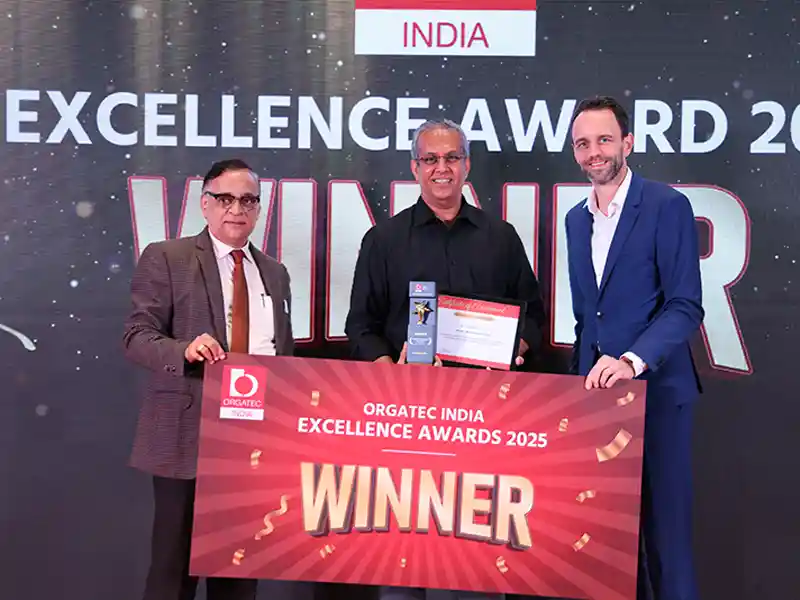
UniAcoustic Wins “Most Innovative Product” at ORGATEC India 2025
UniAcoustic, a brand from the pioneers of Unitile, has been awarded the “Most Innovative Product” at the inaugural ORGATEC India 2025. The recognition
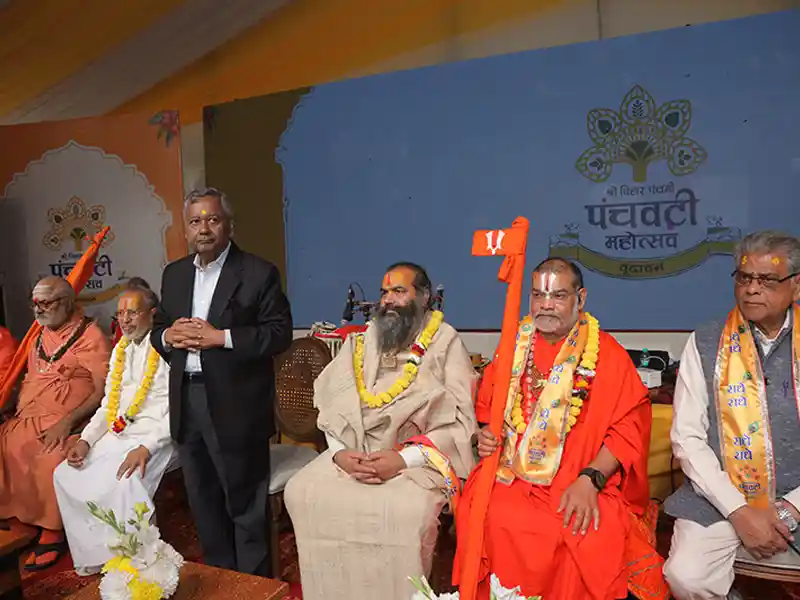
Krishna Bhumi Arcade: India’s First Religious & Cultural Product Mall by Infinity Group
Krishna Bhumi Arcade, an initiative by Infinity Group in partnership with the Forest, Environment & Climate Change Department of Uttar Pradesh and Braj Teerth
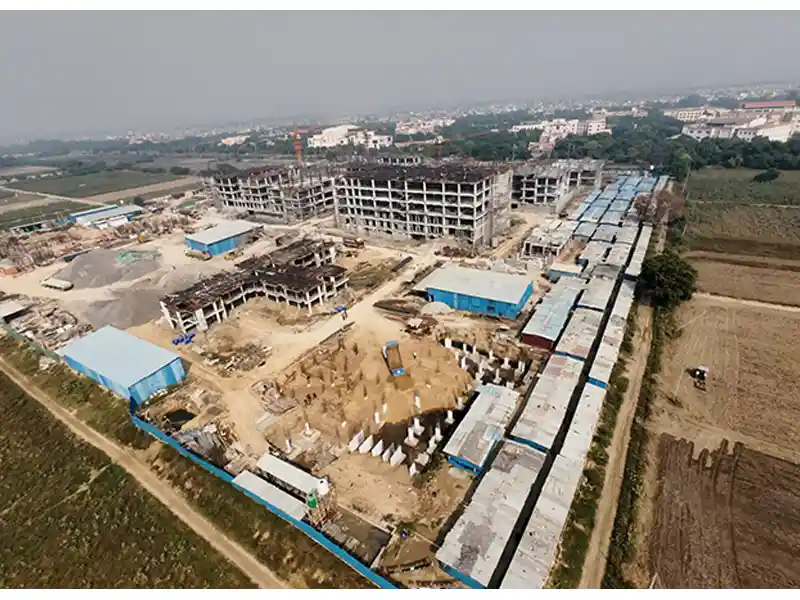
RICPL(Rama Civil) Builds Baba Sarsai Nath Medical College in Sirsa
Baba Sarsai Nath Government Medical College in Sirsa, Haryana, is shaping up to be more than just another infrastructure project, it represents progress,
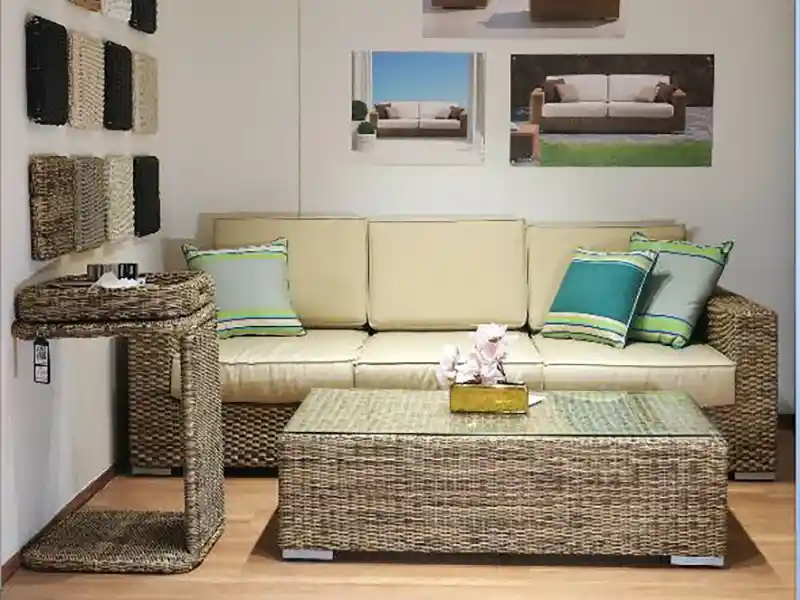
Loom Crafts Launches Flagship Outdoor Furniture Store in Kirti Nagar
Loom Crafts Furniture India Pvt. Ltd., a leading manufacturer of handcrafted luxury outdoor furniture, has launched its first company-owned flagship display
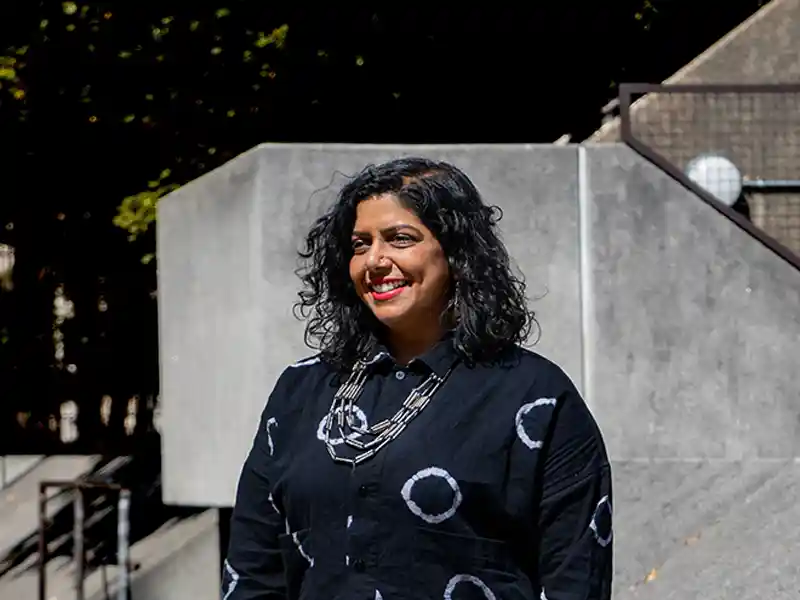
Design Mumbai 2025 unveils world-class talks programme for its second edition
India’s only truly international contemporary design show offers visitors a compelling programme of talks and keynotes, giving an insight into the discussions
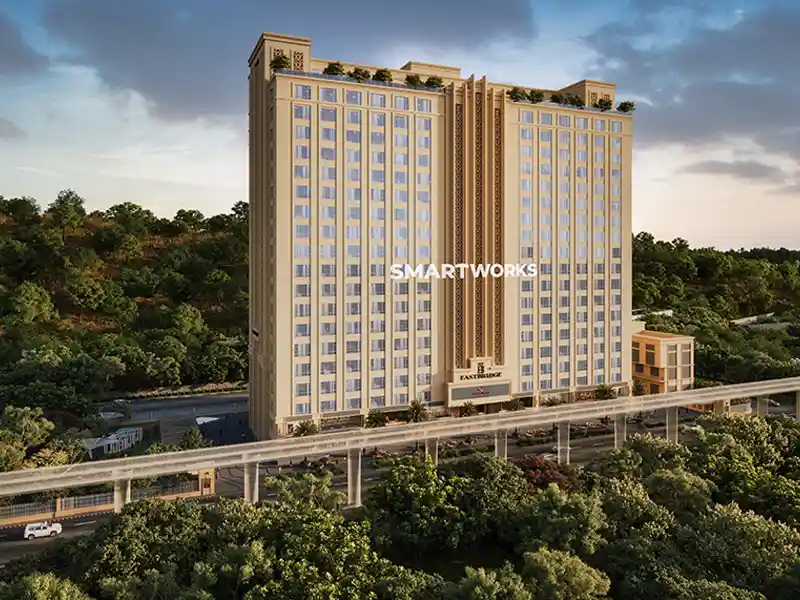
Smartworks Signs Landmark Agreement for World’s Largest Flexible Workspace Campus
Smartworks Coworking Spaces Limited, India’s largest managed office platform by total area under management, has achieved a new milestone with the licensing of
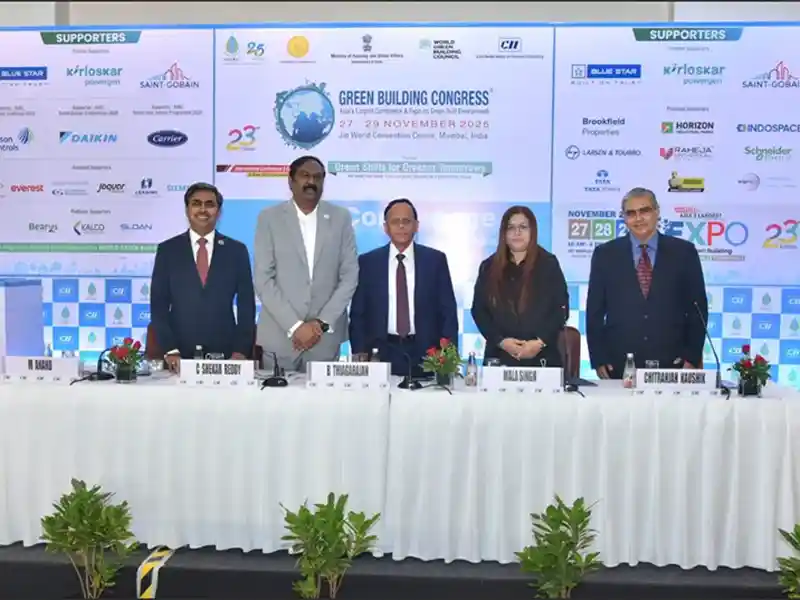
Green Shifts for Greener Tomorrows: Do Good, Feel Good – Embrace Green Choices for a Sustainable Future
The Confederation of Indian Industry’s Indian Green Building Council (IGBC) announced the launch of the 23rd edition of the Green Building Congress, scheduled to
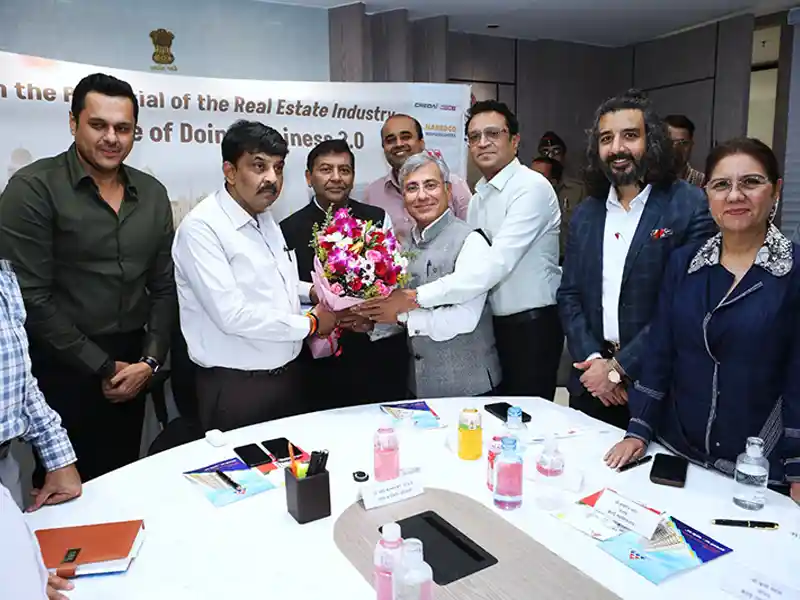
SRA Unveils Technology-Driven Reforms to Accelerate Slum Rehabilitation Across Mumbai
The Slum Rehabilitation Authority (SRA) has announced a series of technology-led reforms aimed at fast-tracking slum redevelopment projects and ensuring transparenc

ANJ Group Crosses ₹2,000 Crore Order Book Milestone
ANJ Group, one of India’s leading Design & Build and General Contracting firms, has achieved a significant milestone, with its total order book crossing ₹2,008

Grundfos India Earns TRUE Platinum for Zero Waste
Grundfos India is proud to announce that its Chennai facility has become the world’s first pump manufacturing site to receive the prestigious TRUE (Total Resource





